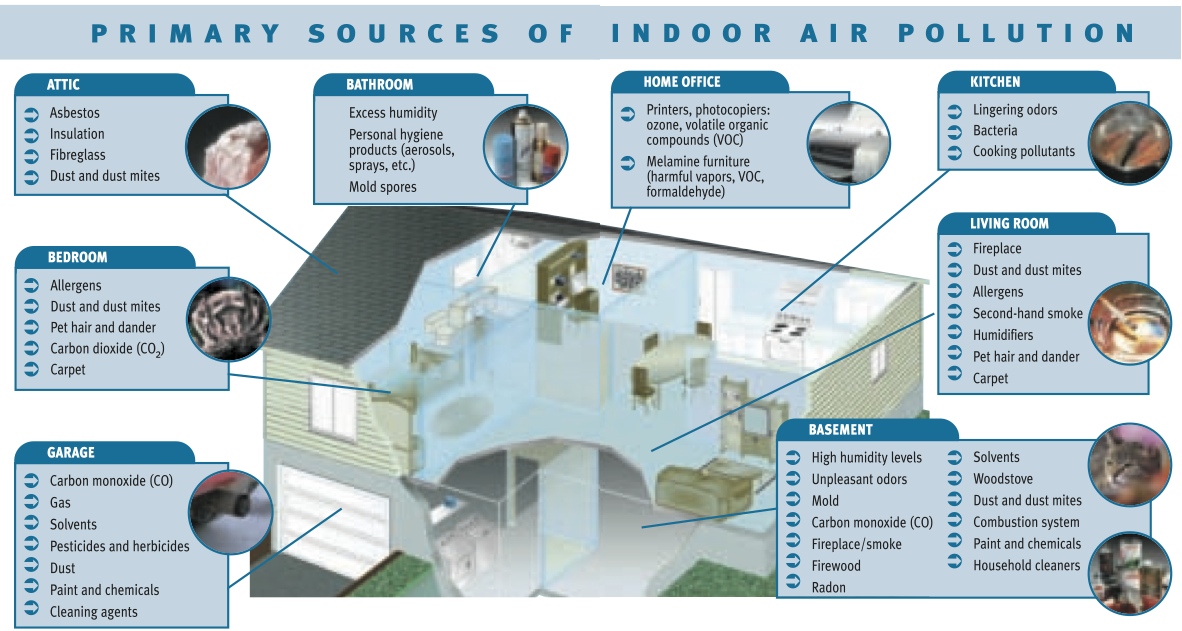
Monitoring carbon dioxide levels is an important part of managing sick building syndrome and requires continual, online gas analysis with highly sensitive detectors as sub-1000 ppm concentrations of carbon dioxide have been reported in a major case of SBS. 9 The American Society of Heating, Refrigeration and Air Condition Engineers also recommend keeping carbon dioxide concentrations around 1000 ppm for optimum comfort in the workplace. 8 The National Institute for Occupational Health and Safety states that carbon dioxide levels exceeding 40 000 ppm (4 %) pose an immediate risk to health and life. 7 They also mention one of the challenges of diagnosing sick building syndrome is that polluting chemicals and gases may be ‘present at several times lower than the current occupational exposure limits’ and therefore that ‘sampling may be complex’.įor carbon dioxide, which has been implicated in causing SBS 3,4, current 8-hour time-weight average exposure limits are 5000 ppm. The Health and Safety Executive advice for sick building syndrome prevention at the workplace focuses on a range of strategies for preventing sick building syndrome, including improving lighting, ensuring spaces are well-ventilated and that ventilation systems are also well maintained. Normally, symptoms disappear as soon as the sufferer leaves the building, but as any possible long-term effects are yet unknown, precautions should be ensure prevention of sick building syndrome. In a building afflicted with sick building syndrome, nearly all occupants may be affected 3,4 with detrimental effects on their well being and productivity.

3,4 Adequate ventilation also reduces the impact of other contributing factors to sick building syndrome, such as high volatile organic compound (VOC) concentrations that may arise from degassing of furniture and floor linings. While the exact underlying causes of sick building syndrome are difficult to isolate and identify 2, it is clear that good building ventilation improves symptoms and that high carbon dioxide levels have a role to play. Typically, all of these symptoms are alleviated as soon as the sufferer leaves the building or room in question.

Common sick building syndrome symptoms include eye irritation, headaches and shortness of breath. Sick building syndrome (SBS) is a medical condition where people, who work or live in the same building, suffer a variety of symptoms of illness and feel unwell, for seemingly no apparent reason.


 0 kommentar(er)
0 kommentar(er)
